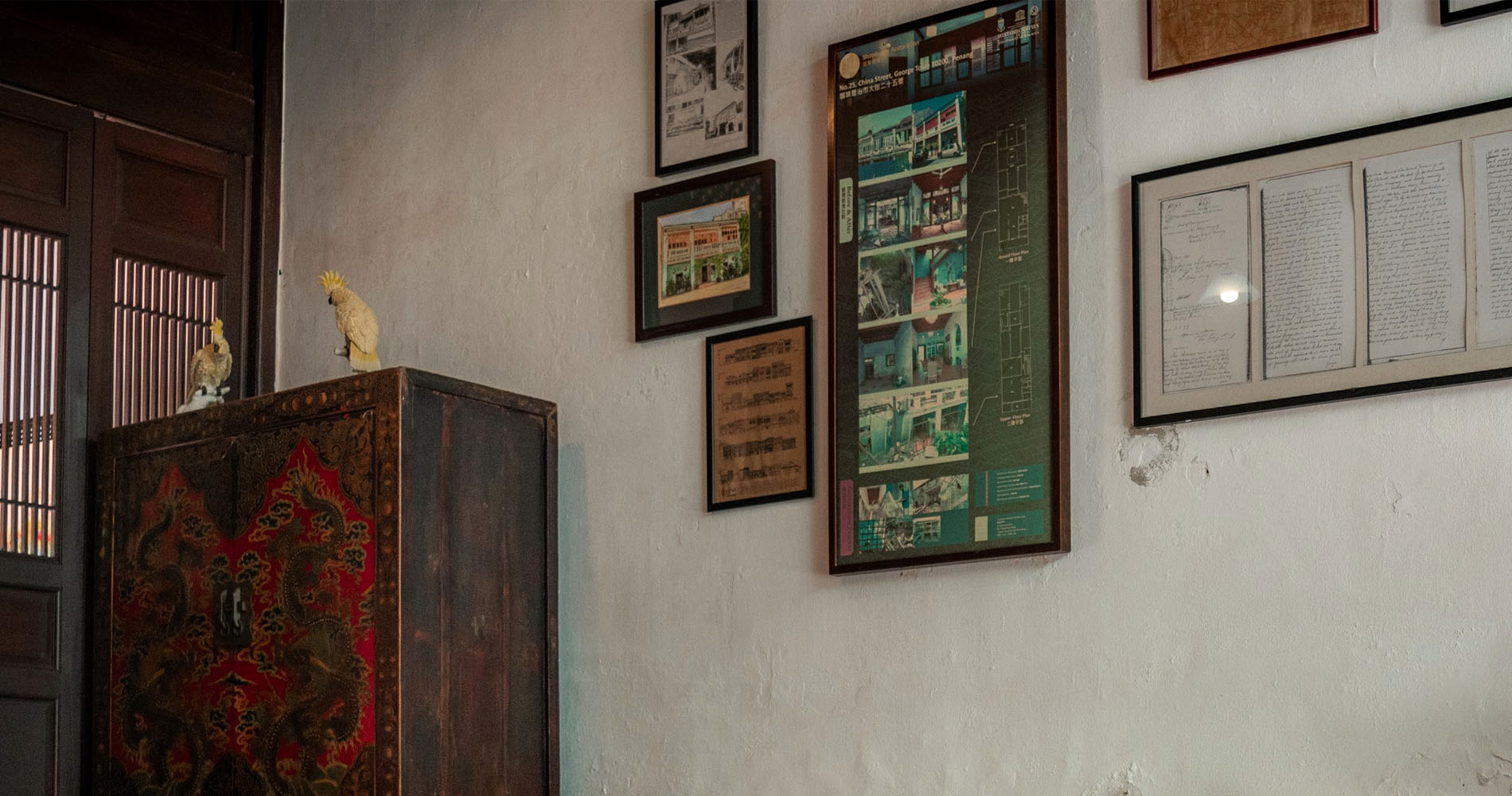
History & Heritage
A legacy carried forward
From Kapitan to tycoon to merchant, the lineage of East Indies Mansion traces the rise of Penang’s Chinese leadership across three generations — each contributing to the island’s development through diplomacy, enterprise, and philanthropy.
Kapitan China Koh Lay Huan 辜礼欢
The founding residence
East Indies Mansion is one of George Town’s oldest surviving private residences. Located at 25 China Street, the mansion was built in the late 18th century by Koh Lay Huan (1761–1826) — a scholar, trader, and the first and only Kapitan Cina of Penang.
Koh Lay Huan played a crucial role in the establishment of George Town. Born in Fujian, China, and later exiled to Kedah due to anti-Qing activities, he became a respected figure in regional trade and diplomacy. When Captain Francis Light founded the British settlement of Penang in 1786, Koh was among the earliest local leaders to lend support. He mobilised labour, supplies, and community leadership, and in 1787 was appointed Kapitan Cina — representing the Chinese community under British administration.
As George Town took shape, he commissioned a home on China Street, in the heart of the new settlement. The mansion was designed in accordance with Chinese architectural traditions from Fujian, adapted to tropical conditions and local craftsmanship.
More than just a residence, the mansion quickly became a nerve centre for early Chinese settlement in Penang. It was here that Koh Lay Huan, as Kapitan Cina, received merchants, advised settlers, and mediated disputes — acting as a bridge between the colonial administration and the growing Chinese community.
Within its walls, decisions were made that shaped trade routes, clan relationships, and community structures that would define George Town’s identity for generations to come. The home embodied the practical and cultural needs of its time: a place of diplomacy, leadership, and refuge — serving as both a familial haven and a civic institution at the heart of Penang’s earliest development.

The entrance façade of East Indies Mansion is a celebration of traditional Chinese symbolism, meticulously crafted by skilled artisans. Adorned with frieze mosaics and decorative reliefs, it features an array of motifs representing prosperity, longevity, and protection. It includes bats, pomegranates, fish, birds, peonies, and the mythical qilin, a chimerical creature associated with auspiciousness. Most striking are the Cen Nian panels: two long-tailed phoenixes flanking a central depiction of the Eight Immortals, each believed to possess the power to bestow blessings or ward off evil. Together, these elements form a richly layered visual narrative that reflects both cultural heritage and the aspirations of the mansion’s original owners.
Chung Keng Kwee 郑景贵
Millionaire Philanthropist and Tin Mining Innovator
Ths house was acquired by Chung Keng Kwee, a self-made Hakka enterpreneur and the most powerful Chinese figure in the 19th-century Perak. As leader of the Hai San society, he helped end the Larut Wars and was instrumental in negotiating the Pangkor Treaty of 1874, which brought British intervention and peace to the region.
He later served as Kapitan Cina of Perak, and his philanthropic contributions included funding schools, clan associations, and temples across Penang and the Straits Settlements. His ownership of the mansion reflected both his stature and Penang's growing influence as a cultural and economic centre.

Ong Boon Keng
Successful Merchant
Following Chung, the Mansion become home to Ong Boon Keng, a Penang-based merchant with strong ties to the “Big Five” Hokkien families. Ong managed extensive trade interests, including the region’s licensed opium and alcohol farms —operations that financed much of Penang’s colonial municipal infrastructure.
Though more discreet than his predecessors, Ong’s role was vital in maintaining commercial networks between Penang, Sumatra, and Southern Thailand. His residence at No. 25 China Street reaffirmed the mansion’s place within Penang’s elite mercantile and leadership circles.
No.25 remained the Ong’s family ancestral home for 40 years before being sold by tender to the Hong Seng Estate’s leader Ha Quing Xiang.
The Mansion’s Near Death Experience
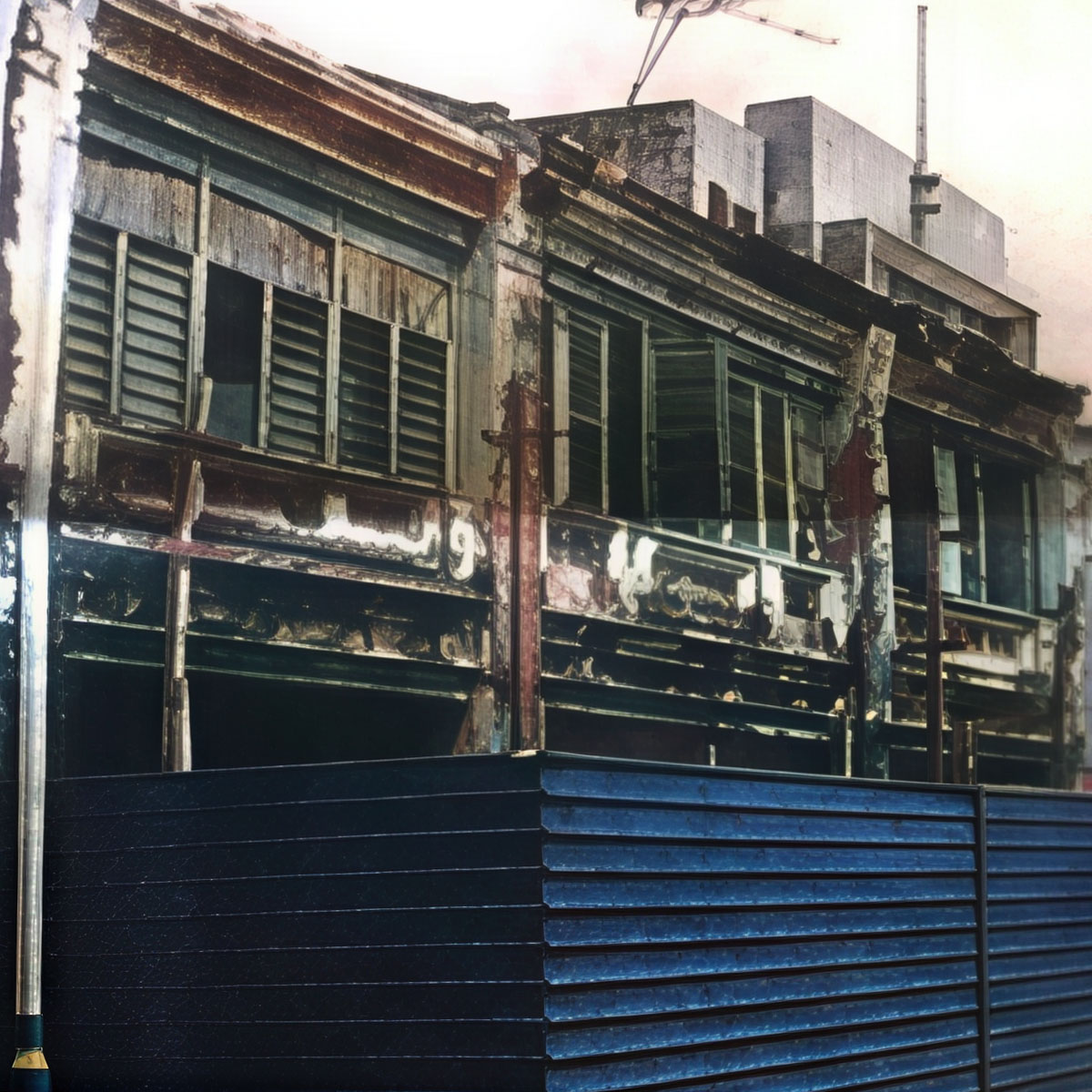
1990s
By the late 1990s, East Indies Mansion had fallen into disrepair and was nearly lost to commercial redevelopment. Bulldozers were reportedly on standby when, in 2000, the Penang Heritage Trust intervened with an emergency stop-work order, effectively halting demolition and protecting one of George Town’s most historically significant residences. At the time, heritage buildings across Penang were under increasing threat from rapid urban development.
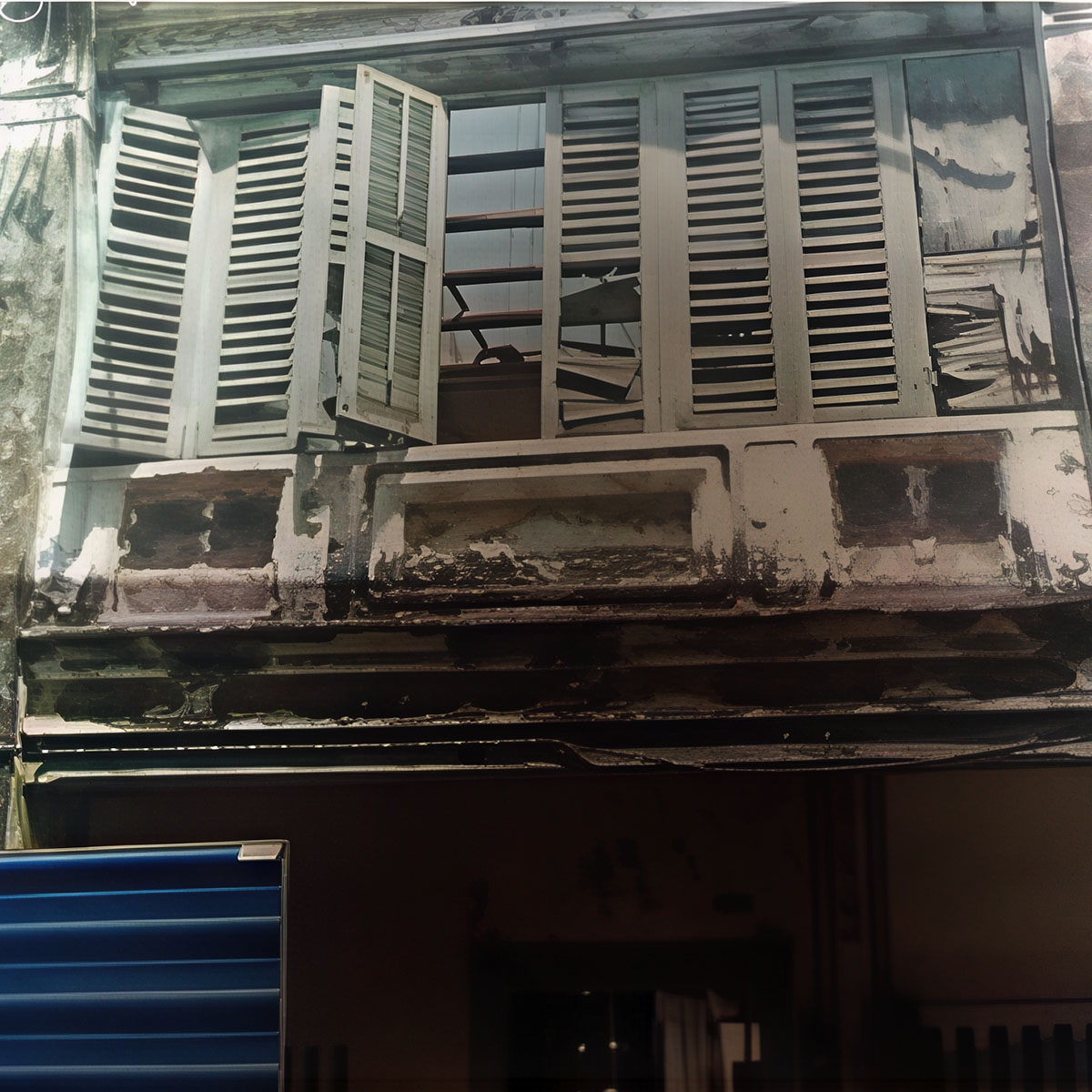
2000s
The rescue of East Indies Mansion became a turning point in the city’s heritage movement — helping to raise awareness, strengthen conservation efforts, and ultimately contributing to George Town’s inscription as a UNESCO World Heritage Site in 2008. Conservation of the mansion began in earnest in 2008, under the stewardship of Mr. and Mrs. Wilkinson, who restored the house using traditional materials, reclaimed timber, and heritage building techniques.
Restoration work brought back much of the home’s original character — including the reassembly of its elaborate façade with carved panels, porcelain cutwork, and depictions of the Eight Immortals.
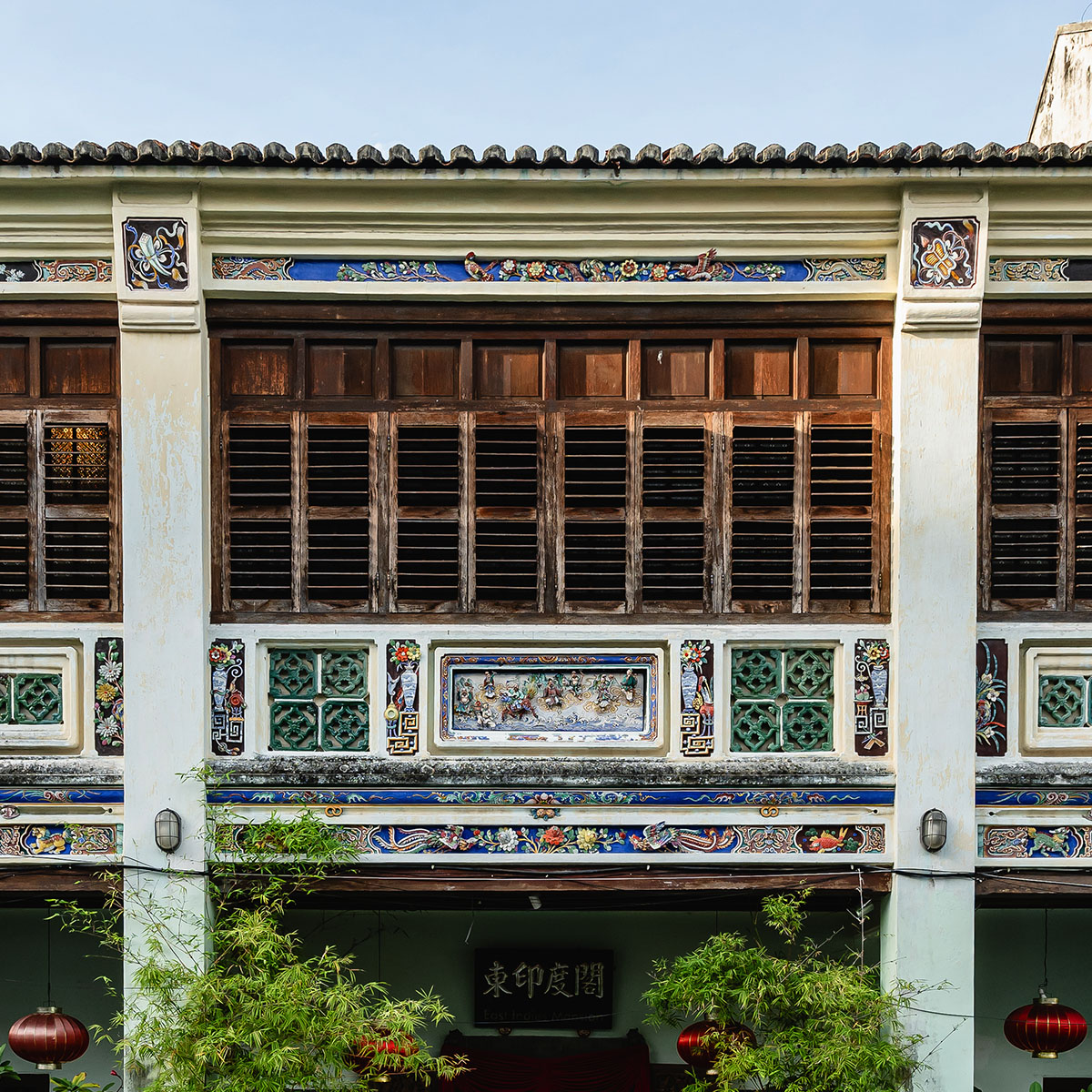
2010s
In 2018, the mansion entered a new chapter under the ownership of Brian A. Wong, an American of Chinese descent. Drawn to the house for both its historical value and cultural resonance, he envisioned the mansion not merely as a place to stay — but as a space to share.
Today, East Indies Mansion stands as a carefully restored heritage residence — a sanctuary where the past endures, and where guests are invited to connect with Penang’s layered history in an intimate and meaningful way.
It is important to understand this moment in history because the trajectory of many of our families’ lives were impacted by this era.
Mr. Wong - Current Owner
The current owner of No. 25 China Street, Mr. Wong, was mesmerized when he toured the mansion while it was still the home of the Wilkinsons. To him, the homeliness of the mansion was like a window into a past world seeping in history and culture.
As someone of overseas Chinese heritage, the visit sparked a curiosity into his own ancestry, and he began to avidly learn about George Town’s entrepôt history.
His own ancestors left Southern China for America around the same time as the early Chinese immigrants to Penang. But what struck Mr. Wong in his travels to George Town was how familiar some of the old Chinese cultural features were and how they had an uncanny resemblance to his grandparents’ customs and practices he experienced as a child in the United States.
When No. 25 was up for sale, he began to research the mansion’s history and was deeply inspired by the resourcefulness and entrepreneurial spirit of its former owners, especially Koh Lay Huan and Chung Keng Kwee. These men were leaders in difficult times and were able to collaborate across ethnic boundaries, weaving the multicultural fabric of George Town that is so unique today.
The more he learned about the mansion, the more he felt a strong desire to preserve it as a unique gateway between the past and the future, and to open it up as a boutique hotel so that growing numbers of people can experience the enchantment that he himself felt when he first visited:
“I hope that those who come to stay here will feel a little of that moment in history that represented a turning point in the history of the world. The mansion was built before the fall of the last dynasty of China, and was bound by the birth of the era of globalization that has left a mark on the whole world. Penang played an important role in the crossroads linking the East and the West.”
Unlike the more opulent mansions of George Town, No. 25 China Street speaks to the humble origins of the Chinese community in Penang, characterized by courage, creativity, hard work and resilience.
As Penang seeks to stake its place in the world’s evolving future, we hope that the No. 25 China Street—now the East Indies Mansion—will stand the test of a time as a testament to the core qualities that make Penang truly unique: authenticity, cultural diversity, global-mindedness, entrepreneurship and constant evolution.
More than a mansion, a story of continuity
East Indies Mansion is more than a showcase of heritage architecture — it is physical chronicles of Penang’s layered identity. It reflects the journey of migrants who settled, traded, and thrived in George Town, blending traditions across borders and generations
Today it is a boutique hotel, the mansion invites modern travellers to step into this living history, surrounded by the very walls, courtyards, and craftmanship that have witnessed centuries of change.
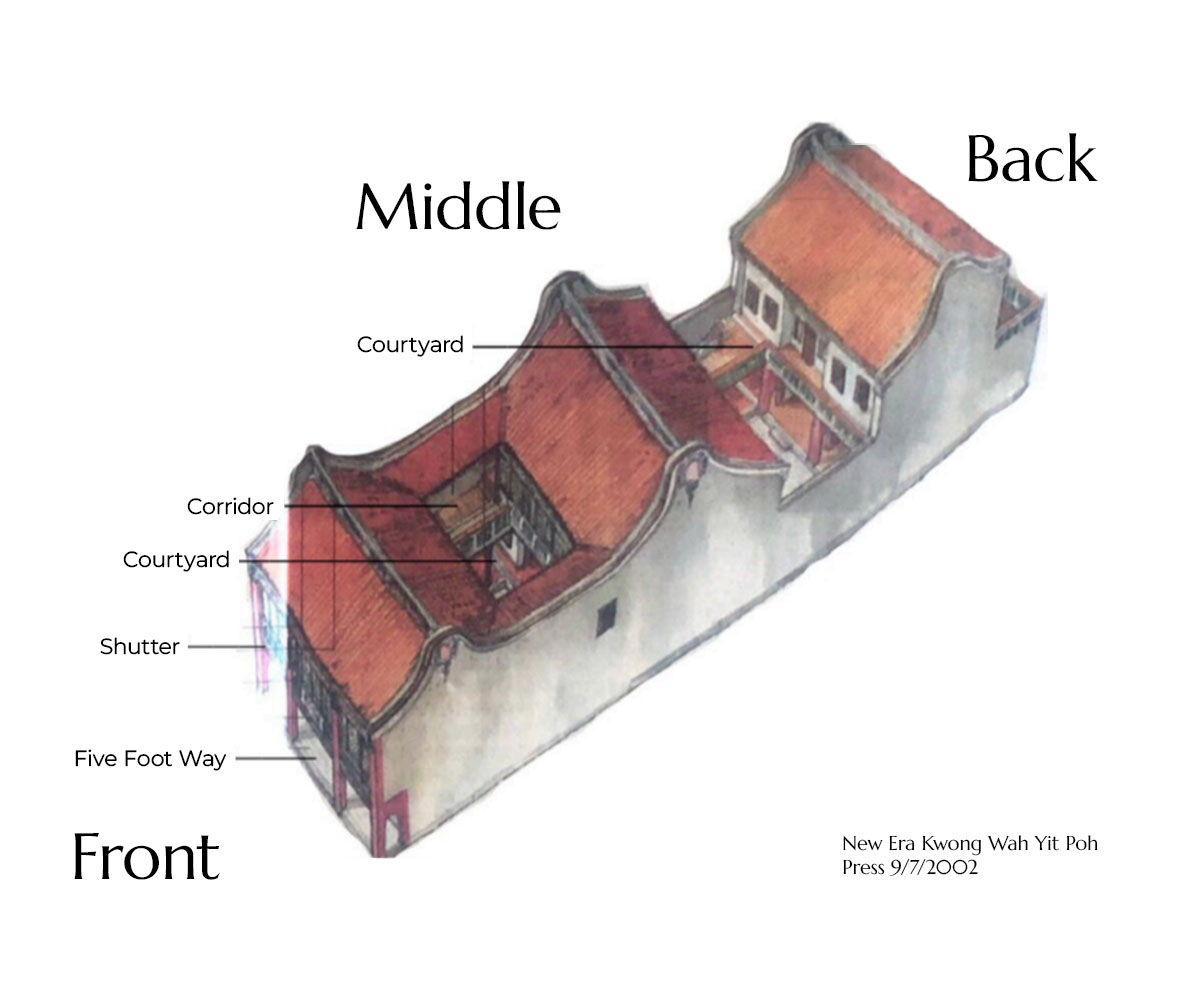
A Fujianese “Three-Bay” legacy
The mansion’s structure follows a traditional Fujianese layout — divided into three bays separated by open-air courtyards known as tianjing. These courtyards not only bring natural light and ventilation deep into the building, but also play an essential role in Feng Shui, symbolising harmony between heaven, earth, and humanity. This layout reflects the deeply held cultural values of its original Chinese merchant-owner, blending domestic function with spiritual balance.
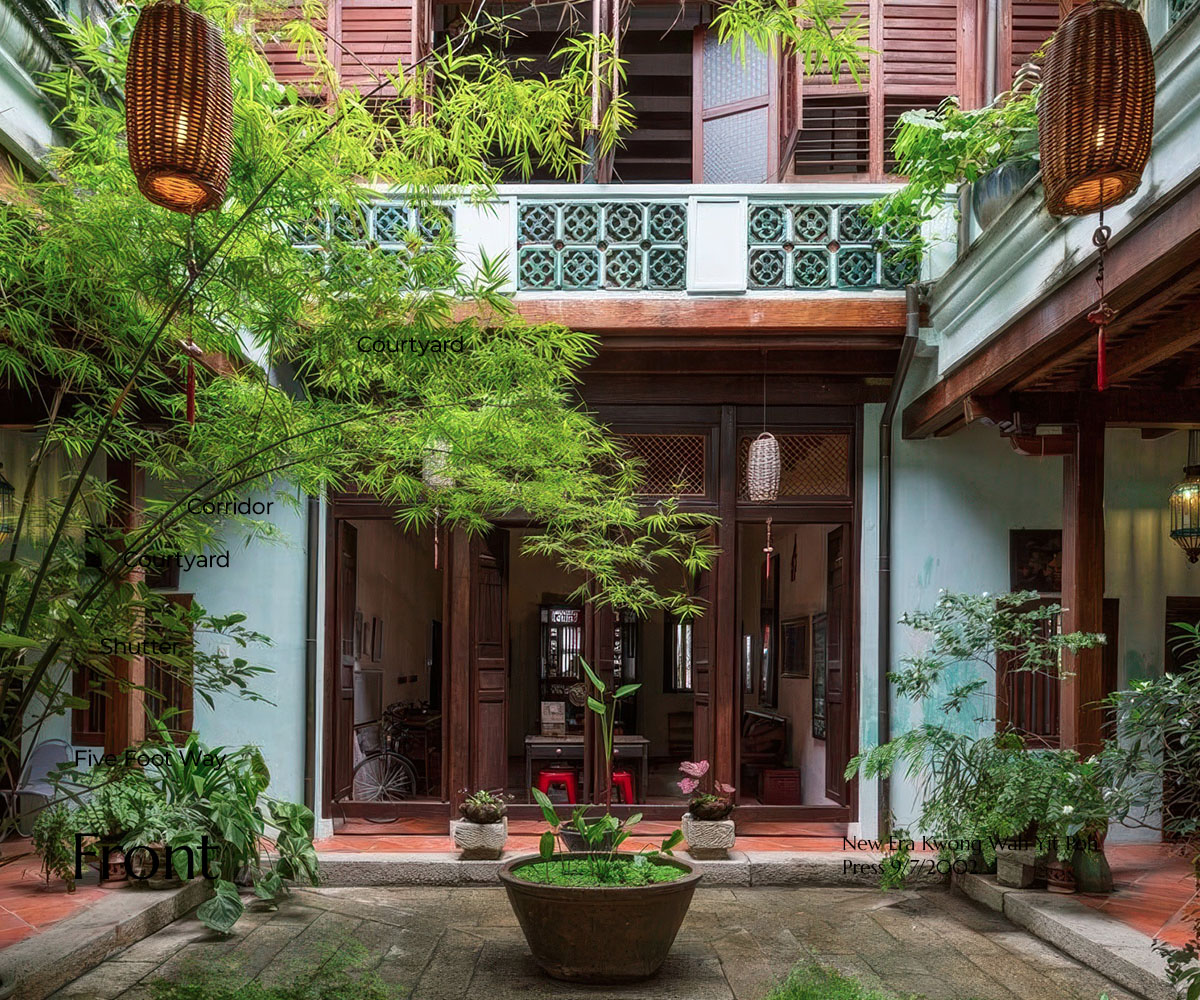
Built for the tropics
Crafted from thick brick and lime-plastered walls, the mansion was designed to withstand the tropical heat and humidity of Penang’s climate. Its high ceilings, large shuttered windows, and wide overhanging eaves encourage natural airflow and provide cooling shade. The use of locally sourced hardwoods for beams and floorboards adds both durability and character, while the building’s white lime wash serves as a breathable skin, helping to regulate temperature and moisture.

A home of generosity and grandeur
Spanning over 10,000 square feet, East Indies Mansion comprises twelve rooms, six reception halls, and three open courtyards, making it one of the most generously proportioned homes of its era. The rear courtyard, once a private family garden, remains lush and tranquil today — rare among urban mansions—while 64 pairs of timber shutters open to frame ever-changing plays of light and shadow throughout the day.
History of 25 China Street (25 Lebuh China)

When Captain Francis Light founded George Town in 1793, the port quickly grew into a thriving settlement. China Street is one of the oldest streets in George Town, along with the four main streets planned by Francis Light: Light Street, Beach Street, Chulia Street, and Pitt Street. Together, these streets formed the island’s earliest central business district.
In Chinese, the street was known simply as 大街 (Dà Jiē), meaning “Main Street,” reflecting its role as the vibrant heart of Chinese social and commercial life. It is believed that China Street emerged organically, in response to the growing migrant population under the leadership of Kapitan Cina Koh Lay Huan.
Early documents such as the Popham Map (1798) record the existence of China Street, confirming its presence among the earliest developments in George Town. Later, during the late 19th century, land reclamation extended the shoreline, leading to the creation of China Street Ghaut, which connected the historic core to the newly reclaimed waterfront.

